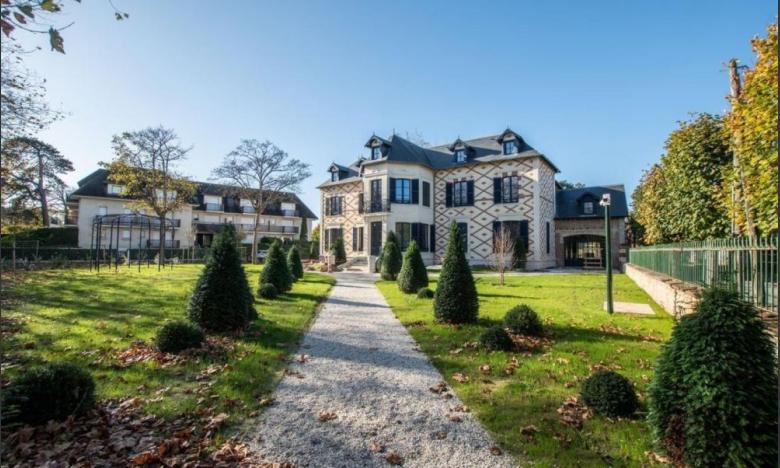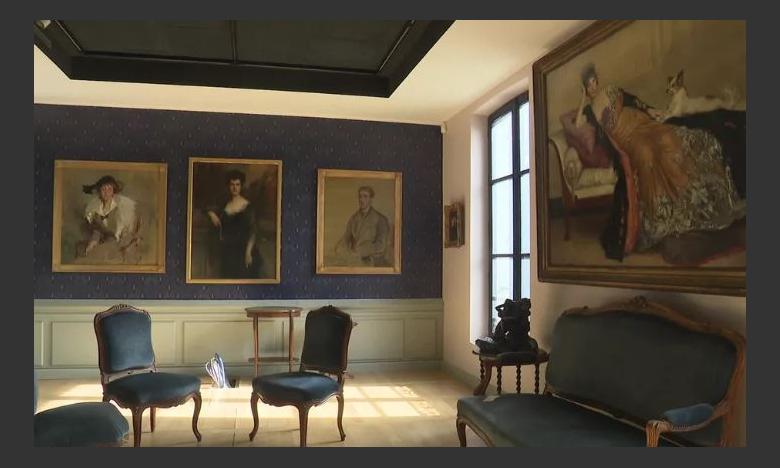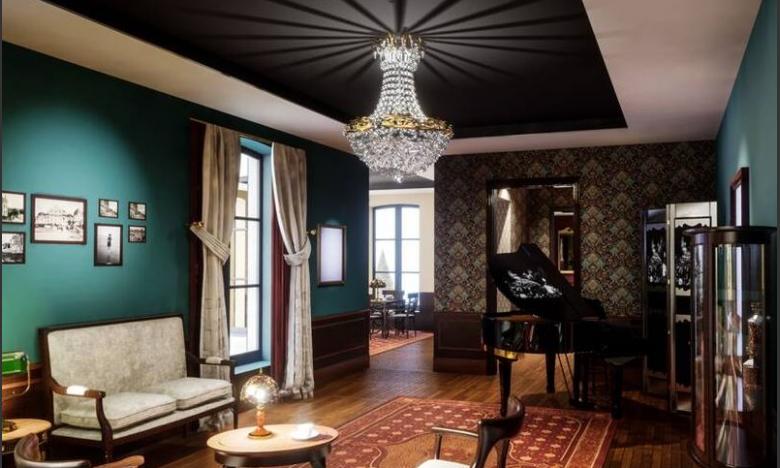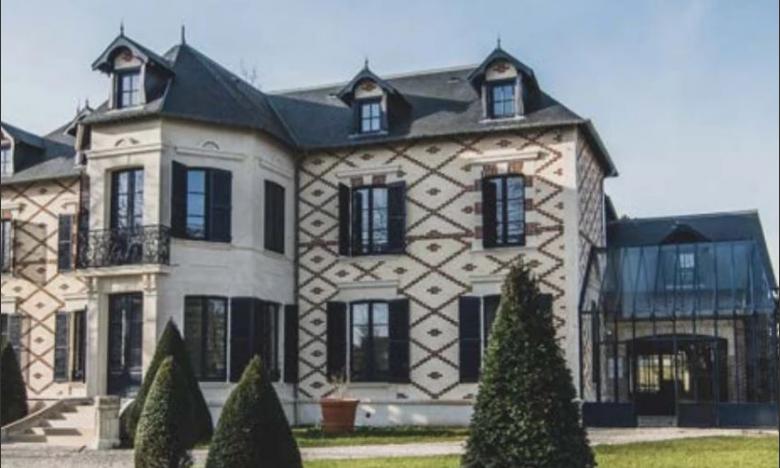Experience La Belle Époque in Cabourg, Normandy thanks to the new Villa du Temps Retrouvé
La Belle Époque – literally translated as the Beautiful Age – refers to the distinct time between the end of the 19th century and the dawning of the first World War. This era melded the traditions of the Victorian time frame with the more modern habits and customs. In France, Paris was the center of La Belle Époque during the winter and in the summer the seaside resorts of the Côte Fleurie.
Cabourg is one such resort town. Today, manors from the Belle Époque still line Cabourg’s main promenade that runs alongside its golden beaches. Claude Monet, Jacques-Émile Blanche, René-Xavier Prinet, Claude Debussy, and other intellectuals and patrons of art and literature vacationed there.
A new museum dedicated to La Belle Époque has just opened in Cabourg. The Villa du Temps Retrouvé serves as a place to discover the culture of this Edwardian era and the heritage of the Côte Fleurie. One of the most famous Cabourg summer residents was Marcel Proust who stayed at the Grand Hotel, a vast structure still standing on the beach. At the Villa du Temps Retrouvé, Marcel Proust serves as a guide to the collections that allow visitors to experience the daily life of La Belle Époque.
Housed in an 1863 brick mansion, the museum's permanent exhibits include a focus on the architectural, social and economic history of Cabourg and the Côte Fleurie as well as a space dedicated to the many artists who spent time in Normandy and an open-access library where visitors can peruse the literature of the era. Thanks to more than 350 objects including furniture, sculpture and clothing, visitors will be immersed in the time period. Paintings of beaches, fields and cities give physical context and portraits of the era's luminaries such as Monet, Debussy and Rodin illustrate the contemporaries of this society. One of the more unique rooms is a "Cabinet of Curiosities" which showcases Marcel Proust's creative process through drawings, objects and photographs. While the permanent exhibits center on the history of the region and the celebrated artists, the temporary exhibitions aim to highlight a cultural aspect of La Belle Époque and its relevance and link to our contemporary culture.
The Villa offers guided theme tours, hands-on activities for children, weekly concerts or presentations and gardens to explore as well as an on-site tea room.





